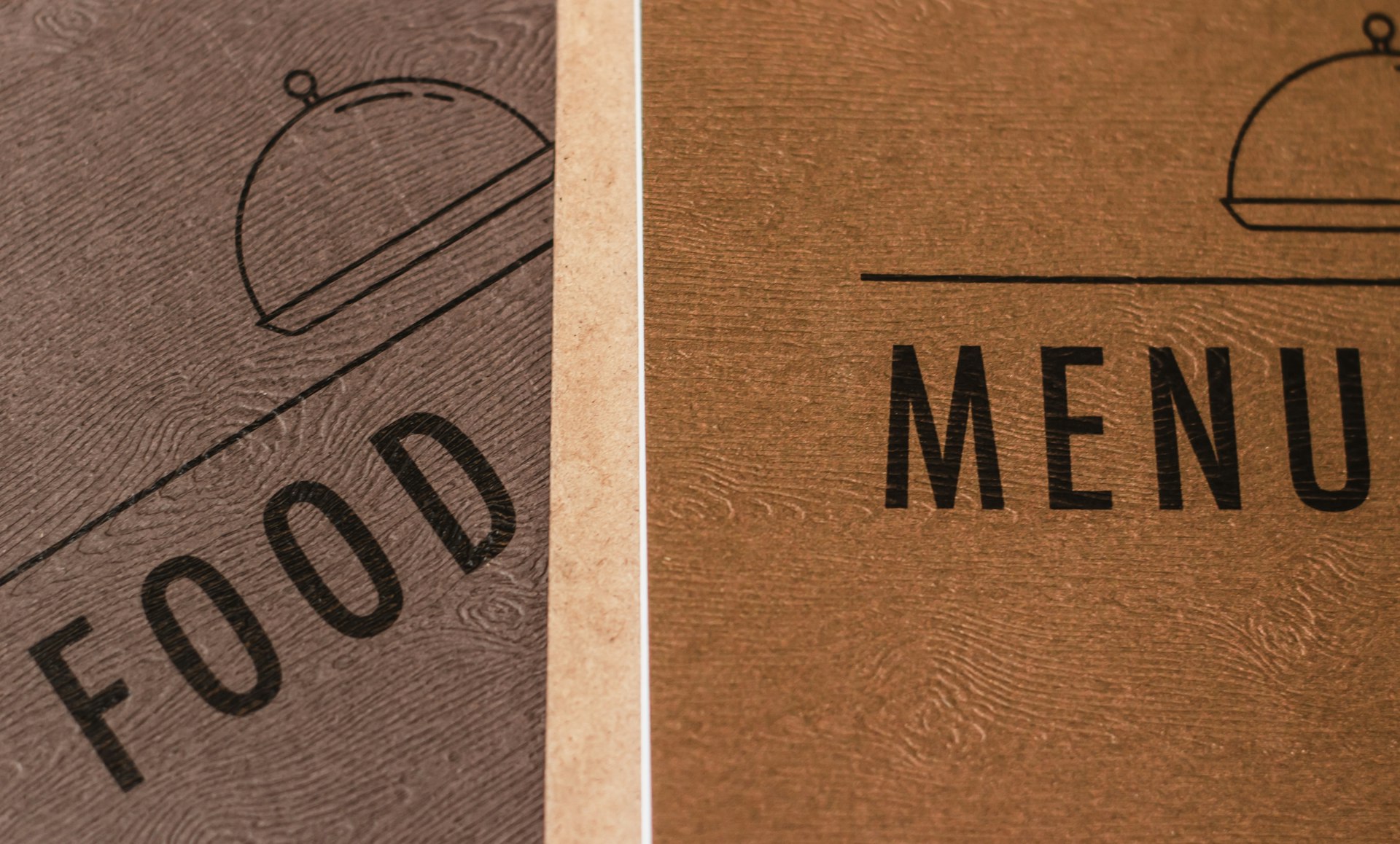Protein-Rich Plant-Based Dinner Solutions: Practical Recipes and Real-World Strategies

Photo by Taylor Vick on Unsplash
Introduction: The Power of Plant-Based Protein for Dinner
Choosing a plant-based, protein-rich dinner is a smart way to support overall health, meet daily nutritional goals, and enjoy diverse, satisfying meals. As more people seek alternatives to animal proteins, the importance of accessible, high-protein vegan recipes has grown rapidly. This guide provides actionable strategies, proven recipes, and practical steps to help you create delicious, protein-packed plant-based dinners at home. All recommendations here are grounded in current, verifiable information and are designed for maximum nutritional value and practical implementation.

Photo by Marios Gkortsilas on Unsplash
Understanding Plant-Based Protein Sources
Unlike animal products, plant-based proteins come from a variety of whole foods. Legumes (lentils, chickpeas, beans), soy products (tofu, tempeh), seeds, nuts, and whole grains (such as quinoa and farro) are foundational to protein-rich vegan meals. For example, garbanzo beans provide 16.5g of protein per serving in a vegan korma recipe, making them a valuable staple for dinner planning [1] . Similarly, tempeh and tofu offer up to 19-35g of protein per serving, depending on how they’re prepared and served [4] . Understanding which foods offer the most protein enables more effective meal planning and helps ensure dietary needs are met.
Essential High-Protein Vegan Dinner Recipes
Several recipes stand out for their ease, flavor, and protein content. Each can be adapted for various tastes and dietary requirements:
1. Easy Vegan Korma
This Indian-inspired dish features a creamy cashew-coconut sauce loaded with potatoes and garbanzo beans. Meal prepping is simple, and the flavors intensify over time. The use of ground cashews and chickpeas boosts the protein value to 16.5g per serving [1] . To make it at home, cook potatoes and vegetables in a spiced cashew-coconut sauce, add cooked garbanzo beans, and serve over brown rice or quinoa for a complete meal.
2. Sheet Pan Ranch Bowls
Quick to prepare and packed with 15.9g of protein per serving, these bowls combine whole grains, vegetables, and tofu, all tossed in a dairy-free ranch dressing. For step-by-step preparation, roast potatoes, bake tofu cubes, and assemble with fresh greens, tomatoes, and avocado. This approach saves time and is highly adaptable to whatever produce is available [1] .
3. Tofu Noodle Bowl with Almond Butter Sauce
Combining super-firm tofu, whole wheat noodles, almond butter, broccoli, and sesame seeds yields over 37g of protein per serving [4] . To prepare, cook noodles and toss with sautéed tofu and vegetables in a rich almond butter sauce. This meal is customizable-swap broccoli for bok choy or use peanut butter instead of almond butter. Prepare extra sauce for future meals as a time-saving strategy.
4. Grilled Rosemary Tempeh Flatbread
Tempeh, a fermented soy product, is featured in a flatbread recipe offering 23-35g of protein per serving [2] . To make, marinate tempeh in rosemary and olive oil, grill until crisp, and serve over whole grain flatbread with roasted vegetables. This meal is hearty, flavorful, and suitable for sharing.
5. Red Lentil Pasta with Creamy Tomato and Pepper Sauce
Red lentil pasta is gluten-free, high in protein, and easy to prepare. The creamy sauce features peppers and cashews for added protein and flavor [3] . To implement, cook lentil pasta, blend roasted peppers and cashews with tomato sauce, and toss together. This recipe supports dietary diversity and is quick enough for busy evenings.
Meal Planning and Preparation Guidance
Implementing protein-rich plant-based dinners consistently requires strategic meal planning. Here are actionable steps:
- Choose protein-dense ingredients : Stock up on tofu, tempeh, lentils, beans, quinoa, nuts, and seeds.
- Batch-cook grains and legumes : Prepare large portions of quinoa, brown rice, or lentils ahead of time. Store in airtight containers for use throughout the week.
- Prepare sauces and dressings in advance : Homemade almond or cashew-based sauces can be stored for several days and used to enhance flavor and protein content.
- Rotate through diverse recipes : Vary meals by trying new cuisines-Indian, Mediterranean, Asian-while focusing on simple, high-protein elements.
For those new to plant-based cooking, resources such as BBC Good Food or Delish Knowledge offer step-by-step recipes and tips on efficient meal prep [3] , [1] .
Overcoming Common Challenges
Transitioning to high-protein, plant-based dinners can present challenges such as limited ingredient availability or unfamiliar cooking techniques. Here are evidence-based solutions:
- Challenge: Limited access to specialty ingredients Solution: Substitute with widely available items like chickpeas, canned lentils, or frozen edamame. For example, swap tempeh for chickpeas in salads or bowls.
- Challenge: Achieving complete proteins Solution: Combine legumes with grains (e.g., beans with rice) to obtain all essential amino acids. Most recipes highlighted here naturally incorporate such combinations.
- Challenge: Time constraints Solution: Prioritize sheet pan recipes, one-pot dishes, or meals using pre-cooked grains. Batch-cooking and freezing portions can also save time during the week.
Alternative Approaches and Recipe Customization
High-protein plant-based dinners can be tailored to personal preferences, dietary needs, and available ingredients. For instance, tofu can be replaced with tempeh or seitan for variety. Gluten-free eaters may opt for lentil or chickpea pasta instead of wheat noodles. Recipes like vegan chili or vegetable stew can be modified to include different beans, lentils, or seasonal vegetables [3] . Experimenting with spices, sauces, and cooking techniques enhances both flavor and nutritional profile.
How to Access Further Resources and Support
For step-by-step recipes, nutritional breakdowns, and meal planning guidance, visit established cooking platforms such as Delish Knowledge and Rainbow Plant Life . These sites offer comprehensive recipes, visual guides, and nutritional information verified for accuracy. If you need personalized advice, consult a registered dietitian specializing in plant-based nutrition-search for “plant-based dietitian” through your local health provider or professional directories.
For additional inspiration, many reputable food blogs and community forums feature user-submitted recipes and troubleshooting tips. Search for “high-protein vegan dinner recipes” or “plant-based meal planning” on trusted platforms to find new ideas and expert commentary. When uncertain about any recommendation, ensure the information comes from well-established, regularly updated sources.
Summary and Key Takeaways
Plant-based, protein-rich dinners are accessible, delicious, and highly customizable. By focusing on protein-dense whole foods, utilizing proven recipes, and adopting smart meal planning practices, you can consistently achieve balanced nutrition and culinary satisfaction. Use the strategies above to overcome common challenges and explore diverse cuisines. Verified, up-to-date resources are available for ongoing support and recipe inspiration.



